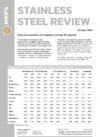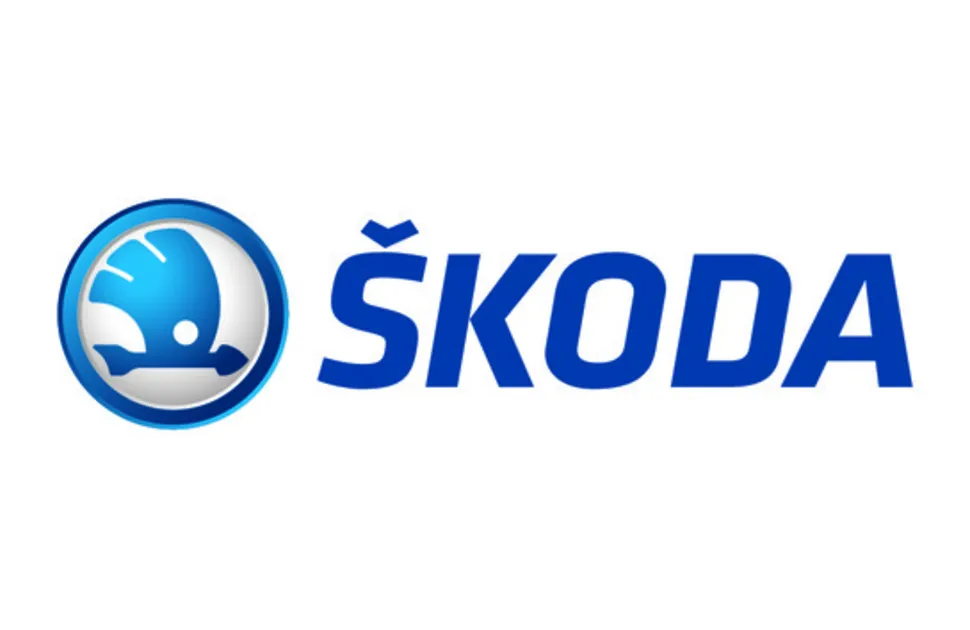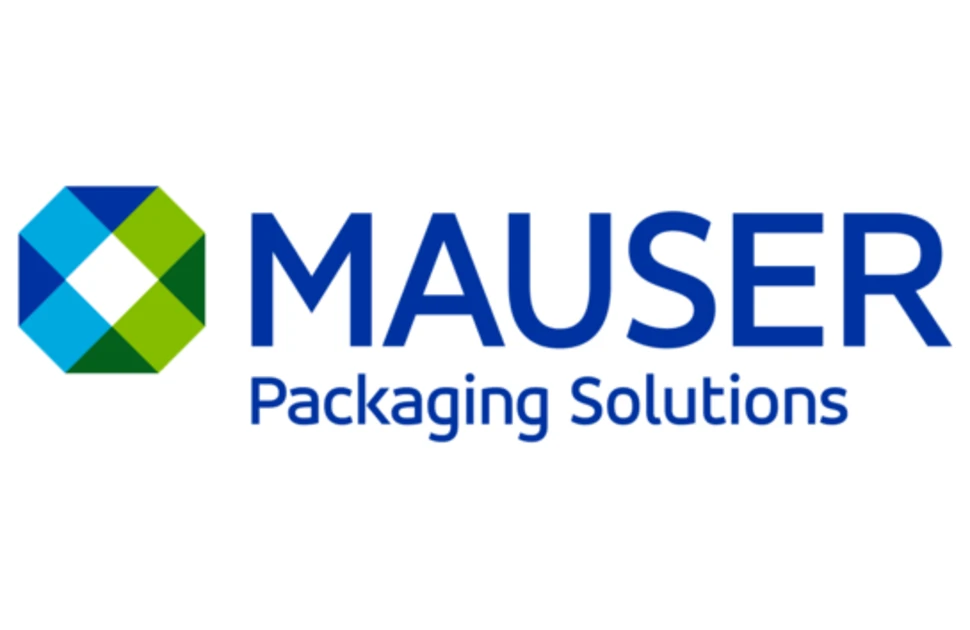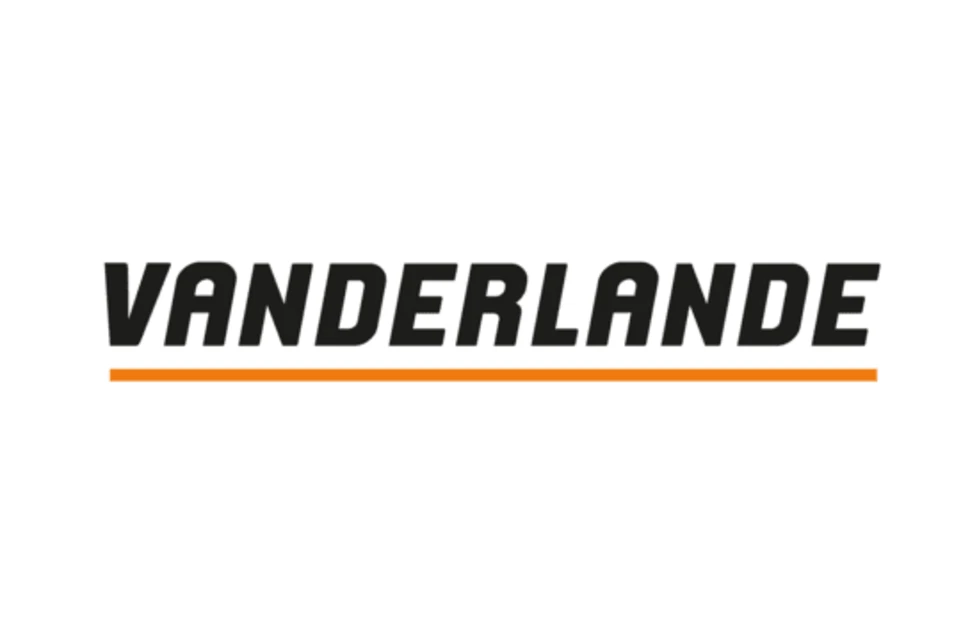Trade defence consultation adds to stainless buyers’ hesitancy
A European Commission consultation over a replacement for the current import safeguard measures has increased uncertainty among stainless steel buyers.
Most EU importers have paused their overseas orders due to a lack of clarity about the new legislation, and the possible timing of its implementation, alongside growing concerns about the cost of CBAM taxes applicable from January 1, 2026.
The EU’s import safeguard measures are due to expire at the end of June 2026. The Commission is expected to publish details of its new trade defence mechanism in quarter three, after its month-long consultation ended on August 18. However, MEPS research found that questions contained in a wide-ranging survey that formed part of the evidence-gathering exercise may have exacerbated steel buyers’ concerns.
- This article first appeared in the August edition of MEPS International's Stainless Steel Review. The publication features market insight, stainless steel prices, indices and forecasts from key markets in Europe, Asia and North America. Contact MEPS for details of how to subscribe.
Consideration of US-style tariffs
Industry stakeholders were asked whether a US-style upfront tariff might form an appropriate alternative to the current tariff-rate quota (TRQ) system. It questioned what level of tariff – including an option for 50% or more – would be appropriate. Another question asked whether any new measures should be implemented six months early, on January 1, 2026.
In the event that a TRQ-based replacement was adopted, the Commission also asked for views on their volumes. It asked whether quotas should be set at the current 33-35 million tonnes; reflect the market share of imports before 2015, around 21-23m tonnes; be set at half the level of 2024’s imports, around 16-18m tonnes; or differentiated by product type.
The EU may be under increased pressure to tighten its trade defence measures following its recent trade negotiations with the United States. The resulting EU-US trade deal maintained 50% Section 232 steel tariffs on EU steel. However, a future quota system, promising zero or reduced rates, could be contingent on more stringent import controls.
MEPS’s EU respondents are uncertain of the potential costs and delivery implications for future stainless steel imports. This hesitation further subdued demand during the EU’s summer holiday period, leading to a further downturn in grade 304 and 316 transaction prices. Some suggested that Indian-origin stainless bars might be the only product which remains largely unaffected, due to the region’s ongoing supply requirements (see Long Products commentary).
The European Commission’s consultation on its trade defence measures attracted 143 responses. Most were from European companies and industry associations supporting a new TRQ-based system.
However, the European Association of Non-Integrated Metal Importers & Distributors called for a uniform flat-rate tariff on select stainless steel imports and the rejection of the “melt and pour” rule previously cited in the EU’s Steel and Metals Action Plan. It highlighted that stainless steel is already subject to 10 antidumping and antisubsidy measures, with CBAM taxes set to form a further “trade barrier” for imports. The association went on to say that a uniform flat-rate tariff on select stainless steel imports would be far less harmful than a TRQ system.
Eurometal, which represents steel distributors, traders, and service centres across the EU, said that a new trade measure could strengthen market stability, investment confidence, and supply chain resilience. However, it added that EU distributors’ competitiveness depended on stable and diverse access to steel both inside and outside the EU.
Questioning measures’ legality and effectiveness
Representation from countries that supply stainless material to the EU also warned against tighter controls. The Korea Iron and Steel Association (KOSA) said that measures such as TRQs would conflict with the WTO Agreement on Safeguards and the Korea-EU Free Trade Agreement. The government of Japan also raised serious concern that the EU may violate the international disciplines under the WTO Agreement.
Furthermore, KOSA questioned whether the EU TRQ-based safeguard measures, implemented on January 31, 2019, had been effective in reducing imports. Stainless import volumes increased by 2.5% in the four years following their introduction.
Despite weak domestic demand, EU stainless steel imports rose by 95.5% year-on-year in the first five months of this year, to 743,285 tonnes. April’s 179.8% increase in the Cold Rolled Sheets and Strips category was the period’s largest monthly year-on-year increase by volume, with arrivals growing from 45,501 to 123,221 tonnes. Imports of Stainless Bars and Light Sections increased by 116% year-on-year in the same month, rising to 85,972 tonnes.

Source:
Stainless Steel Review
The MEPS Stainless Steel Review is an invaluable monthly guide to international stainless steel prices and includes the latest global stainless steel industry analysis.
Go to productRequest a free publication





